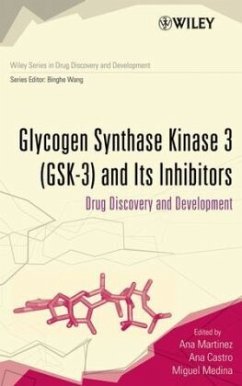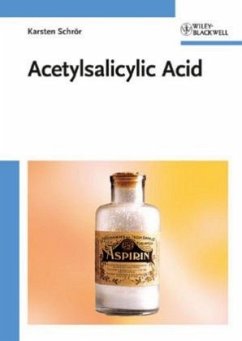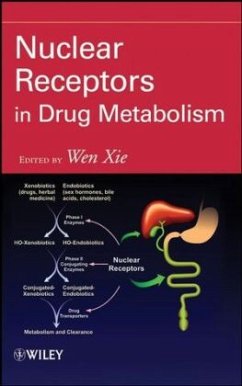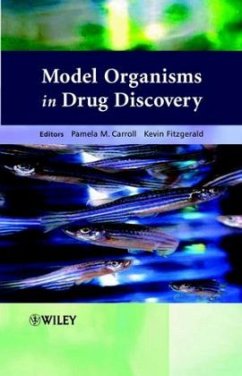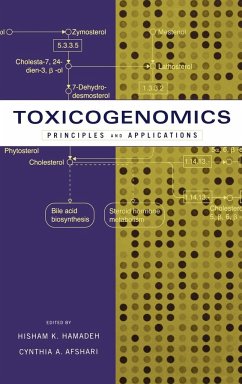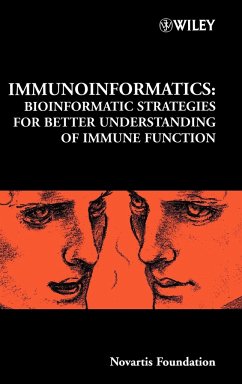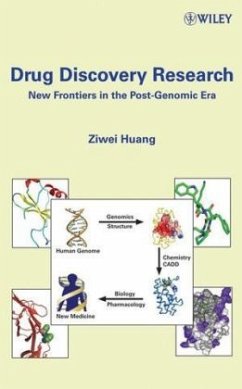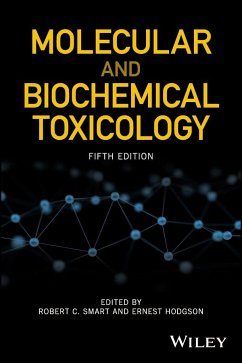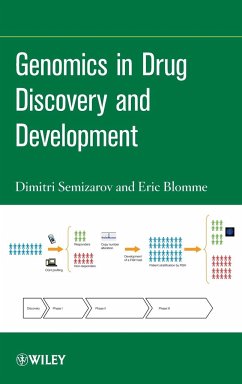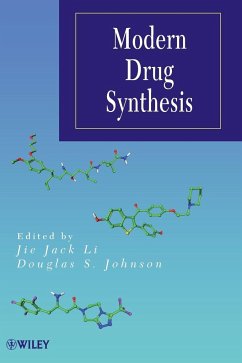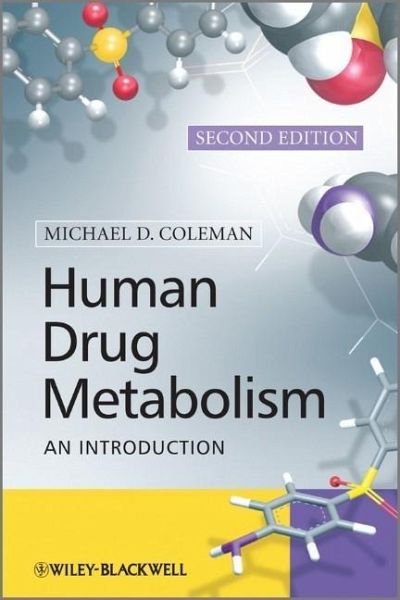
Human Drug Metabolism
An Introduction

PAYBACK Punkte
40 °P sammeln!
Human Drug Metabolism, An Introduction, Second Edition provides an accessible introduction to the subject and will be particularly invaluable to those who already have some understanding of the life sciences. Completely revised and updated throughout, the new edition focuses only on essential chemical detail and includes patient case histories to illustrate the clinical consequences of changes in drug metabolism and its impact on patient welfare. After underlining the relationship between efficacy, toxicity and drug concentration, the book then considers how metabolizing systems operate and how they impact upon drug concentration, both under drug pressure and during inhibition. Factors affecting drug metabolism, such as genetic polymorphisms, age and diet are discussed and how metabolism can lead to toxicity is explained. The book concludes with the role of drug metabolism in the commercial development of therapeutic agents as well as the pharmacology of some illicit drugs.



